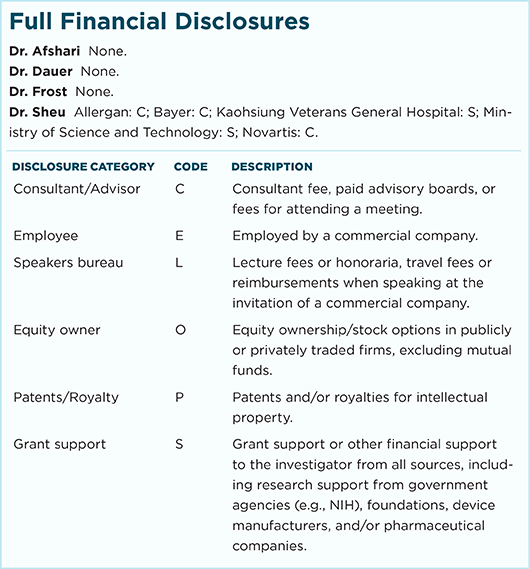News in Review
Autophagy Protects Ocular Cells From Dye Toxicity
Download PDF
Indocyanine green (ICG) and brilliant blue G (BBG) are 2 vital dyes commonly used to highlight and help remove the internal limiting membrane (ILM) during vitreoretinal surgery. However, researchers have found them toxic to both retinal pigment epithelium and photoreceptor cells. Now, researchers in Taiwain have reported that autophagy—a process occurring in cells in response to oxidative stress—may play a role in protecting some types of ocular cells when exposed to these dyes.1
Autophagy’s role. In the study, genetic and pharmacological ablation of autophagy worsened cytotoxicity of ICG and BBG in mouse ocular cells, indicating that autophagy might act as a survival mechanism in ocular cells exposed to the dyes. Use of dietary supplements—such as resveratrol, lutein, and coenzyme Q10 (CoQ10)—induced autophagy, reducing the dyes’ cytotoxic effects.
The results suggest that it is prudent to protect the hole area during staining, said lead researcher Shwu-Jiuan Sheu, MD, at the Kaohsiung Veterans Hospital in Kaohsiung, Taiwan. “This is especially true in macular hole retinal detachment, which allows more direct contact between the dye and photoreceptors,” she said. “Low doses and short exposure times remain critical during chromovitrectomy.”
Although the researchers found that dietary supplements may play a protective role by boosting autophagy, Dr. Sheu said it was premature to suggest their use for this purpose. “It would be more practical to develop a local agent to help protect against these dyes,” she said. An autophagy inducer might be used in a similar way as rapamycin is used to protect cardiac cells during ischemia/reperfusion injury.
—Annie Stuart
___________________________
1 Sheu S-J et al. PLoS ONE. 2017;12(3):e0174736. doi:10.1371/journal.pone.0174736.
___________________________
Relevant financial disclosures—Dr. Sheu: This work was supported by Kaohsiung Veterans General Hospital and the Ministry of Science and Technology in Taiwan.
For full disclosures and disclosure key, see below.

More from this month’s News in Review